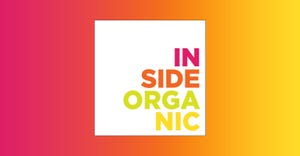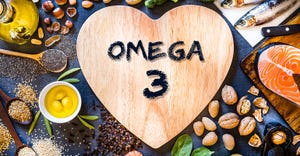Encapsulating Resveratrol Reduces its Bitter Notes in Food
The benefits of resveratrol are varied—from heart disease and cancer to diabetes and neurological function; however, other than supplementing, it’s difficult to obtain the polyphenol’s benefits via food and wine. Why? Well, for one thing, by the time you drink enough wine to reap the resveratrol’s benefits, you’ve damaged your liver. And its bitter notes impart negative sensory qualities on the food products, which turns consumers off. However, a new study published in the Journal of Food Science explored encapsulating resveratrol through spray drying (July 31, 2015).
August 13, 2015

The benefits of resveratrol are varied—from heart disease and cancer to diabetes and neurological function; however, other than supplementing, it’s difficult to obtain the polyphenol’s benefits via food and wine. Why? Well, for one thing, by the time you drink enough wine to reap the resveratrol’s benefits, you’ve damaged your liver. And its bitter notes impart negative sensory qualities on the food products, which turns consumers off. However, a new study published in the Journal of Food Science explored encapsulating resveratrol through spray drying (July 31, 2015).
The objectives of this research were to: compare taste detection thresholds of unencapsulated resveratrol and encapsulated resveratrol; and determine if the inclusion of anhydrous milk fat in the formulation of the encapsulation wall material affects the taste detection threshold of resveratrol within the microcapsules.
Resveratrol microcapsules were produced by encapsulating resveratrol in a protein matrix through spray drying. The average and pooled group taste detection thresholds of unencapsulated resveratrol, sodium-caseinate-based resveratrol microcapsule without fat (SC) and sodium-caseinate-based resveratrol microcapsule with fat (SCAMF) were 90 and 47 mg of resveratrol/L (unencapsulated), 313 and 103 mg of resveratrol/L (SC), 334 and 108 mg of resveratrol/L (SCAMF), respectively. The findings demonstrate the encapsulation of resveratrol decreased the detection of the compound and provided a means to incorporate resveratrol into food products without imparting negative sensory properties.
You May Also Like




.png?width=800&auto=webp&quality=80&disable=upscale)